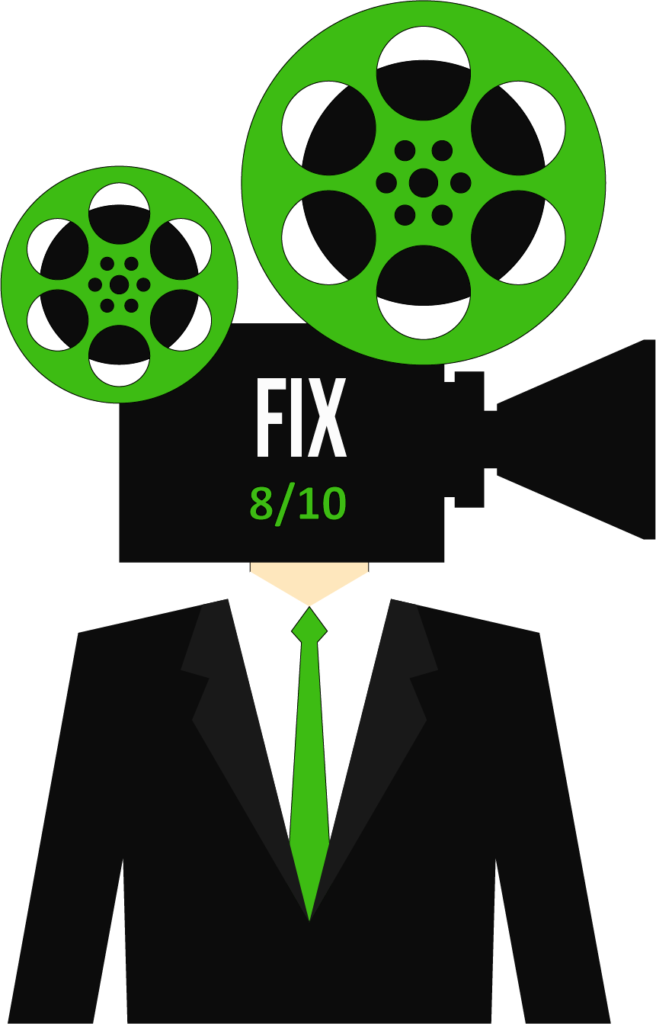Safdie Brothers’ manic style keeps us riveted and aghast

When a movie isn’t working for me, when I’m not connecting with it at all, I begin asking myself, Why am I watching this? It is often a way to recalibrate my expectations and meet the film on its own terms. I had this experience with Uncut Gems, and it wasn’t until the film neared its climax that I found the answer.
I am not familiar with the Safdie Brothers’ work, so I didn’t understand what kind of film lay in wait for me. Now I get it.
Uncut Gems’ protagonist, Howard (Adam Sandler), is a gambling addict. But Howard never says, and never would say, that about himself. No other character voices this, either, because no one is there to genuinely inquire about Howard’s well-being. He has alienated any character who might.
He is closest to his mistress, played with equal parts sensuality and treachery by Julia Fox in a breakout role, but she is thrilled by the brushes with stars afforded by Howard’s high stakes lifestyle. 
In most films about addicts, there is a struggle with the addiction. There is commonly exposition that provides a glimpse of the character before they were remade by the addiction. It’s a pretty important narrative function, really, because that’s what leads us to conclude that the character is essentially good, to urge us to sympathize with him. Those bad choices and the dishonesty we inevitably witness are the fault of the addiction, not the nature of the character.
There is no such exposition in Uncut Gems. We meet Howard when his daily life is already a series of disastrous decisions, lies, and confrontations. He careens manically from one shouted altercation to another, avoiding self-reflection and anything that does not serve his Id.
Addicts in movies usually desire to be free of the addiction, too, and again, Uncut Gems denies us this as well. Howard has exactly one quiet moment of reflection, and in it he develops no self-awareness that might provoke a desire to change.
That’s simply not what this film is about. Howard demonstrates no redeemable qualities and elicits little sympathy.
So why are we here? Because neither is watching Uncut Gems an enjoyable experience. It isn’t designed to be. I would describe viewing this film as watching the proverbial train wreck in slow motion, but it isn’t in slow motion. It all happens at full speed, with all the screeching, metal-on-metal, abrasive sounds at maximum volume, and it becomes slow and quiet for only a few fleeting, merciful moments.
The film’s camera movements and editing are as manic as Howard. The first image is of an African mine worker’s compound fractured leg, an introduction that establishes a spine straightening level of discomfort on which the film steadily builds.
The tone of the film and Howard’s relentlessly self-destructive behavior refuse to give us a tension release for two visually dazzling hours filled with outstanding performances that leave us feeling helpless to stop this character from driving himself to a horrible end. When we finally reach the shocking, breathless conclusion and realize there will be no release, there will be no redemption, and there will be no self-examination, that’s when I finally understood what I was watching.
The Safdie Brothers are not here to entertain you or offer you hope. The exhaustion and ambivalence you feel by the time the credits roll are exactly the point. Uncut Gems uses lo-fi filmmaking to make us feel the mixture of thrill and freefalling fear that addicts like Howard do. It is as artful as it is nihilistic. It’s also one of the most distinctive films released this year.
